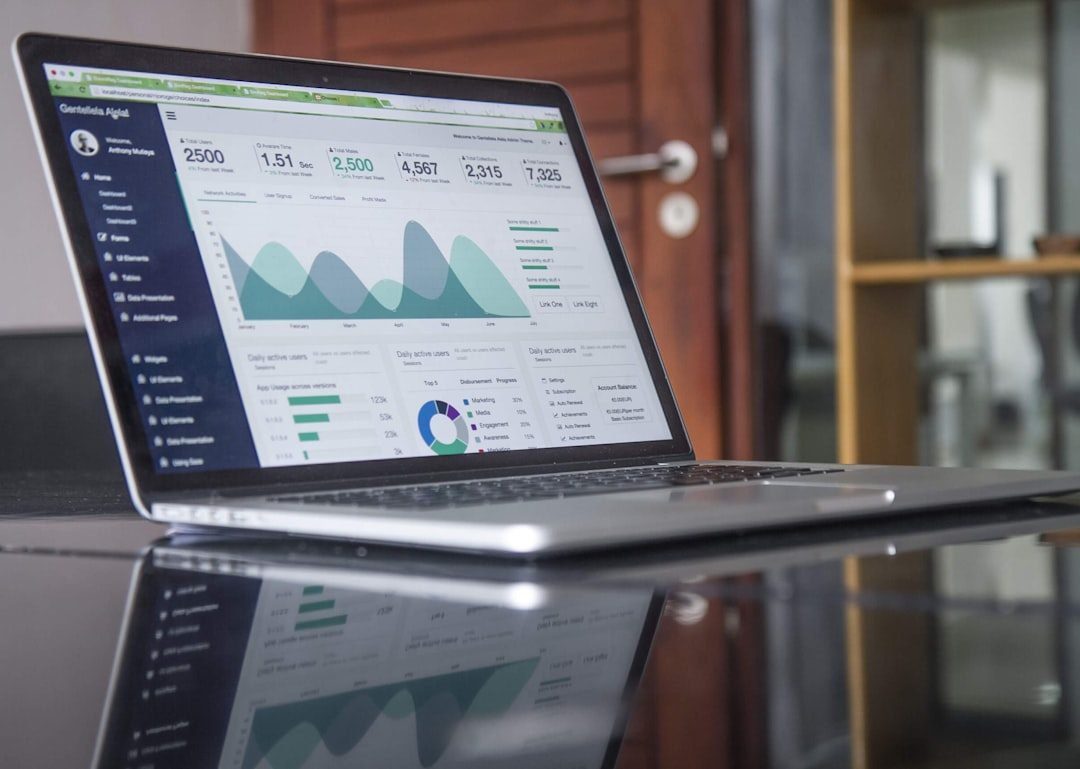In today’s digital landscape, having a website is just the beginning. To truly thrive, your website needs to be visible to your target audience. This is where Search Engine Optimization (SEO) comes into play. Integrating SEO into your web design from the ground up can significantly enhance your site’s visibility and usability. In this article, we will explore why SEO is a crucial element in web design and how it can benefit your business.
What is SEO?
Search Engine Optimization (SEO) is the practice of optimizing your website to make it more attractive to search engines like Google. The goal is to rank higher in search engine results pages (SERPs), thereby increasing the quantity and quality of organic (non-paid) traffic to your site. SEO involves a variety of strategies, including keyword research, on-page optimization, and link building, among others.
SEO is not just about stuffing your site with keywords; it’s about creating a seamless experience for both users and search engines. This involves technical SEO, which includes optimizing your site’s architecture, improving load times, and ensuring mobile compatibility. It also encompasses content SEO, which focuses on creating high-quality, relevant content that answers user queries and keeps them engaged.
The Synergy of Web Design and SEO

When web design and SEO are integrated seamlessly, they create a powerful synergy that can drastically improve your site’s performance. Here are some key areas where web design and SEO intersect:
User Experience (UX)
User Experience is a critical factor that search engines consider when ranking websites. A well-designed site should be easy to navigate, quick to load, and mobile-friendly. These elements not only enhance the user experience but also improve your SEO ranking.
A positive user experience can reduce bounce rates and increase the time users spend on your site. Search engines interpret these metrics as indicators of a high-quality site, which can further boost your rankings. Additionally, a well-thought-out user experience can guide visitors through your site more effectively, leading to higher conversion rates.
Mobile Optimization
With the increasing use of smartphones, mobile optimization has become a necessity. Google uses mobile-first indexing, meaning it primarily uses the mobile version of your site for ranking and indexing. A responsive web design ensures that your site looks and functions well on all devices, thereby boosting your SEO.
Mobile optimization isn’t just about resizing images and text; it involves creating a streamlined experience for mobile users. This includes touch-friendly navigation, quick-loading pages, and easy access to essential information. A well-optimized mobile site can significantly improve user engagement and satisfaction, which are critical factors for SEO.
Key SEO Elements in Web Design
Keywords
Keywords are the terms that users type into search engines when looking for information. Incorporating relevant keywords into your web design, particularly in titles, headers, and meta descriptions, can significantly improve your site’s search engine rankings.
However, keyword integration should be natural and contextually relevant. Overloading your site with keywords can lead to a poor user experience and may even result in penalties from search engines. Use tools like Google Keyword Planner to find the right keywords that align with your content and audience.
URL Structure
A clean and organized URL structure makes it easier for search engines to crawl and index your site. Use descriptive URLs that include keywords to enhance SEO.
A well-structured URL not only benefits search engines but also improves user experience. Descriptive URLs give users a clear idea of the content they are about to access, increasing the likelihood of click-throughs. Avoid using long, complex URLs that can confuse both search engines and users.
Site Speed
Site speed is a ranking factor for both desktop and mobile searches. Slow-loading pages can result in a poor user experience and lower search engine rankings. Optimize images, leverage browser caching, and use a Content Delivery Network (CDN) to improve site speed.

In addition to these measures, consider minimizing HTTP requests and using asynchronous loading for CSS and JavaScript files. Tools like Google PageSpeed Insights can help you identify areas for improvement. A fast-loading site not only enhances SEO but also improves user satisfaction and engagement.
Content is King

High-quality, relevant content is essential for SEO. Content should be informative, engaging, and optimized with keywords. Regularly updating your blog or news section can also help keep your site fresh and improve your search engine rankings.
Internal Linking
Internal linking helps search engines understand the structure of your site and the relationship between different pages. It also helps distribute page authority and improves user navigation.
Internal links guide users to related content, increasing the time they spend on your site and reducing bounce rates. They also help search engines discover new content and index it more efficiently. Use anchor text that is descriptive and relevant to the linked content for maximum impact.
Image Optimization
Images are an important part of web design, but they can also slow down your site if not optimized. Use descriptive file names and alt text to make your images SEO-friendly. Compress images to reduce load times.
In addition to compression, consider using modern image formats like WebP that offer better compression rates without compromising quality. Tools like TinyPNG can help you compress images effectively. Properly optimized images can improve your site’s load times and enhance user experience, both of which are crucial for SEO.

The Role of Analytics
Analytics tools like Google Analytics and Google Search Console provide valuable insights into how your site is performing. Use these tools to track metrics such as page views, bounce rates, and average session duration. Analyzing this data can help you make informed decisions to improve your SEO strategy.
Monitoring and Adjusting
SEO is not a one-time task; it requires ongoing monitoring and adjustments. Regularly review your analytics data to identify areas for improvement and adjust your SEO strategy accordingly.

Set up custom reports and alerts to stay on top of critical metrics. Regularly conduct SEO audits to identify and fix issues that may be hindering your performance. Continuous monitoring and adjustments ensure that your SEO strategy evolves with changing algorithms and user behavior.
The Benefits of SEO in Web Design
Increased Visibility
Integrating SEO into your web design increases your site’s visibility in search engine results. This means more organic traffic and potential customers.
Higher visibility also enhances your brand’s credibility and trustworthiness. Users are more likely to trust and click on sites that appear on the first page of search results. This can lead to increased brand awareness and a broader customer base.
Better User Experience
SEO best practices like fast load times, mobile optimization, and easy navigation improve the overall user experience, which can lead to higher engagement and conversion rates.
A well-optimized site not only attracts more visitors but also keeps them engaged. Features like intuitive navigation, clear calls-to-action, and relevant content contribute to a positive user experience, encouraging visitors to explore further and take desired actions.
Cost-Effective
Unlike paid advertising, SEO delivers long-term results without ongoing costs. Once your site is optimized, it can continue to attract organic traffic for years.

While SEO requires an initial investment, the long-term benefits far outweigh the costs. Organic traffic is sustainable and can provide a consistent flow of visitors without the need for continuous spending. This makes SEO a cost-effective strategy for long-term growth.
Competitive Advantage
In a competitive market, SEO can give you an edge. A well-optimized site is more likely to outrank competitors in search engine results, attracting more visitors and potential customers.
By staying ahead of SEO trends and continuously optimizing your site, you can maintain a competitive advantage. This not only helps in attracting more traffic but also in retaining existing customers by providing a superior online experience.
Choosing the Right SEO Web Design Service

Selecting the right SEO web design service is crucial for your success. Pier 5 offers comprehensive services, including keyword research, on-page optimization, and link building.
Local Expertise
If your business operates in a specific geographical area, consider a local SEO web design service. For instance, if you’re in Ottawa, Pier 5 would be an excellent choice.
Local expertise can also help in optimizing your site for local search queries, which is crucial for businesses targeting specific regions. A local SEO service can provide tailored strategies that align with local search behavior and preferences, giving you a competitive edge in your area.
Conclusion
The integration of SEO into web design is not just beneficial; it’s essential. A well-designed, SEO-optimized website can significantly improve your online visibility, user experience, and ultimately, your bottom line. By understanding the importance of SEO in web design and implementing best practices, you can create a site that not only looks great but also performs exceptionally well in search engine rankings.
Incorporate these strategies into your web design process to ensure that your site is not only visually appealing but also optimized for search engines. The result will be a more effective, user-friendly website that attracts and retains visitors, helping your business grow.






